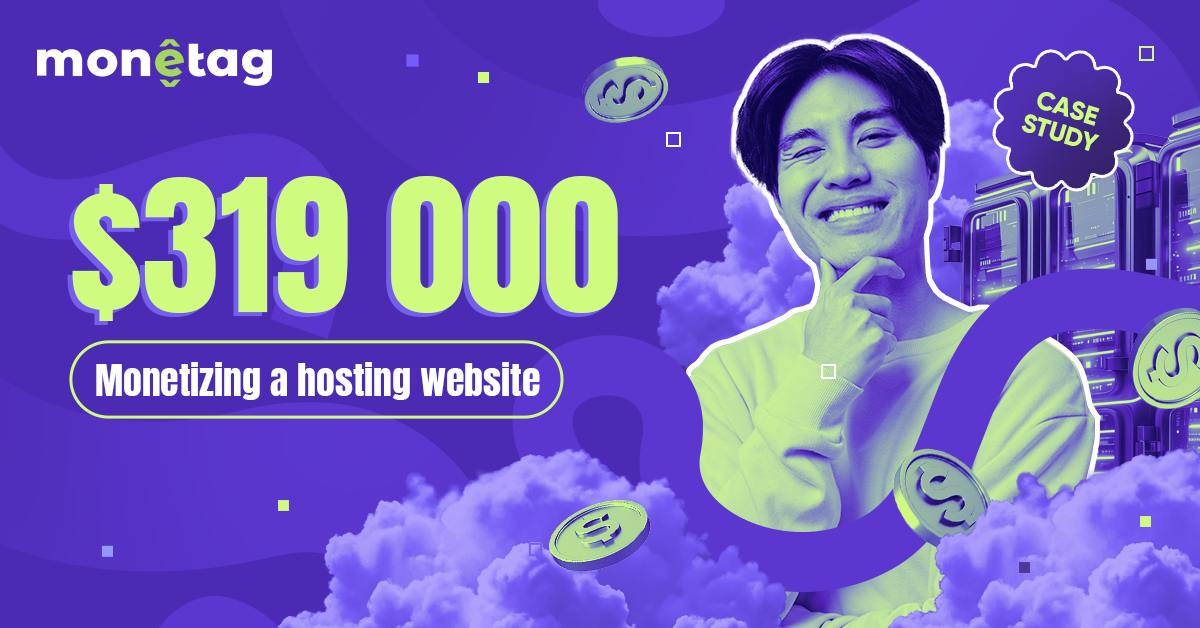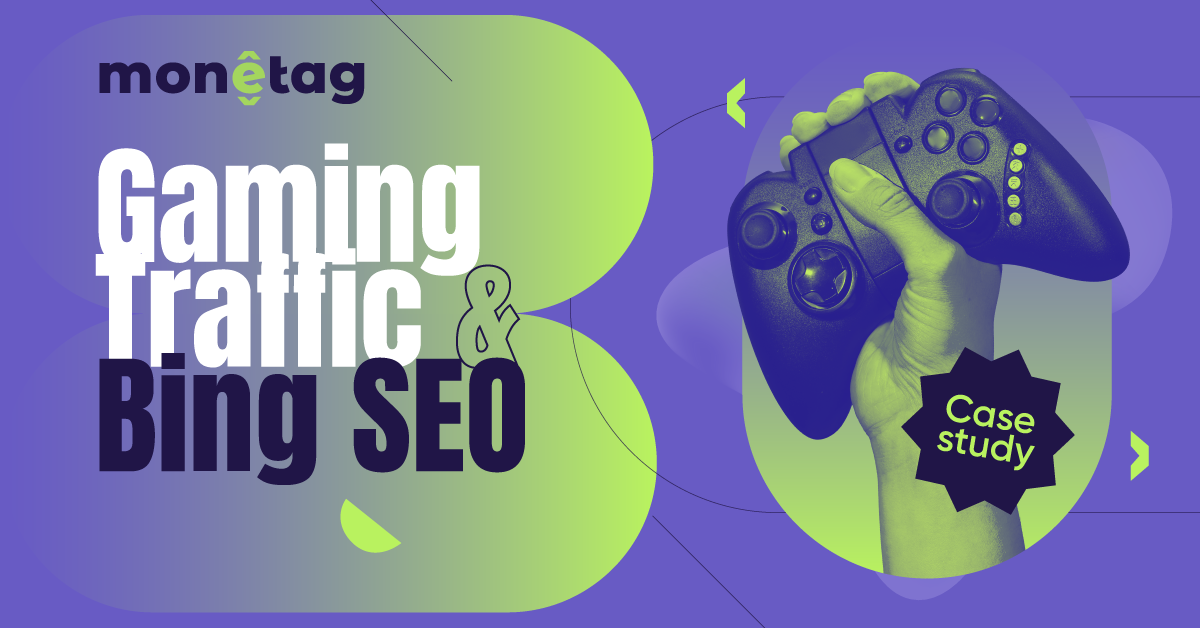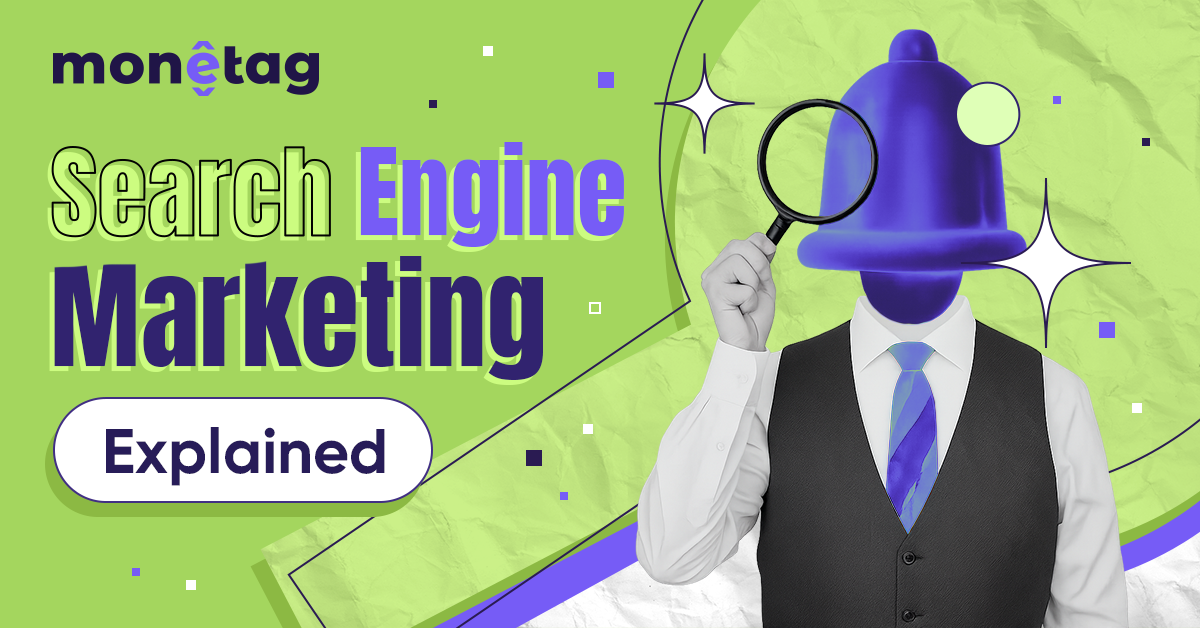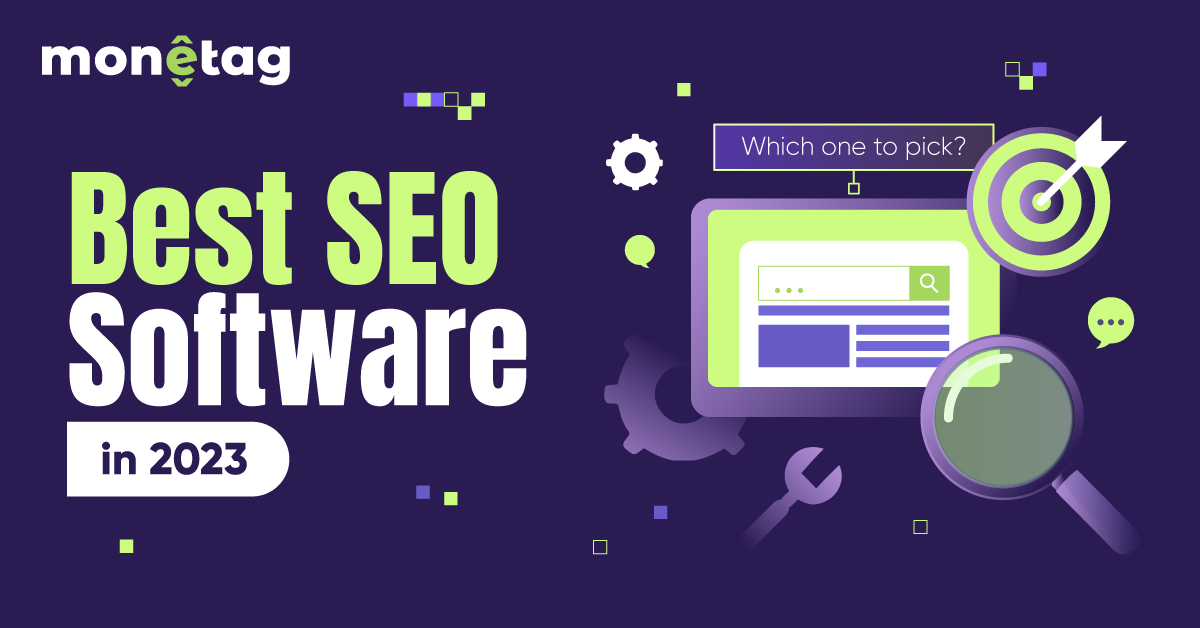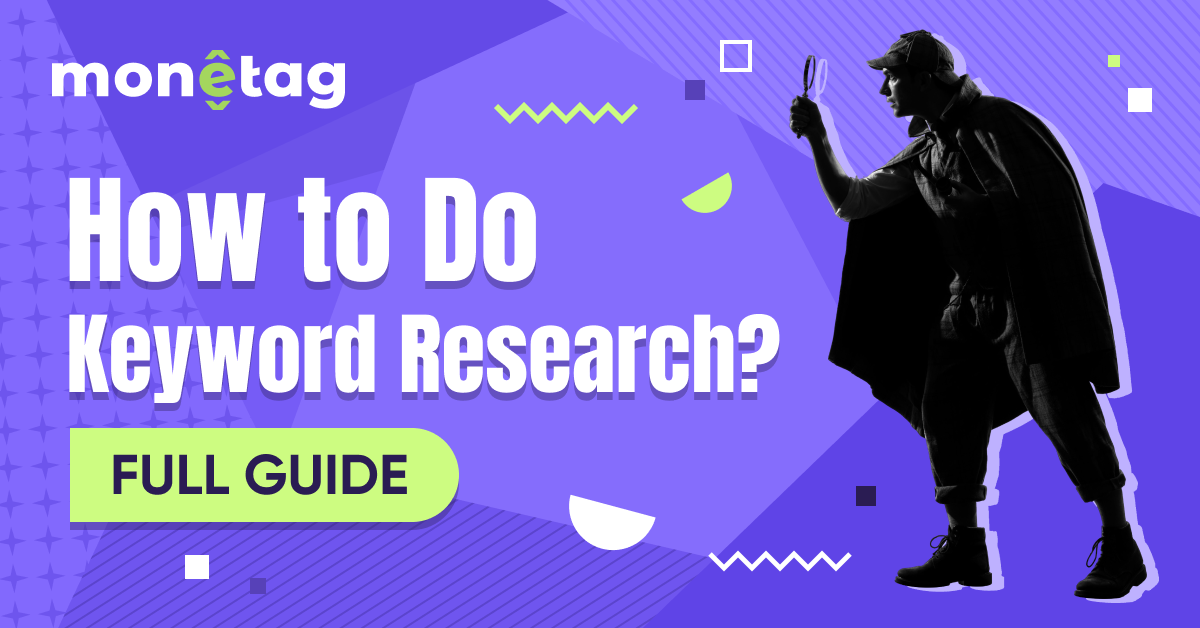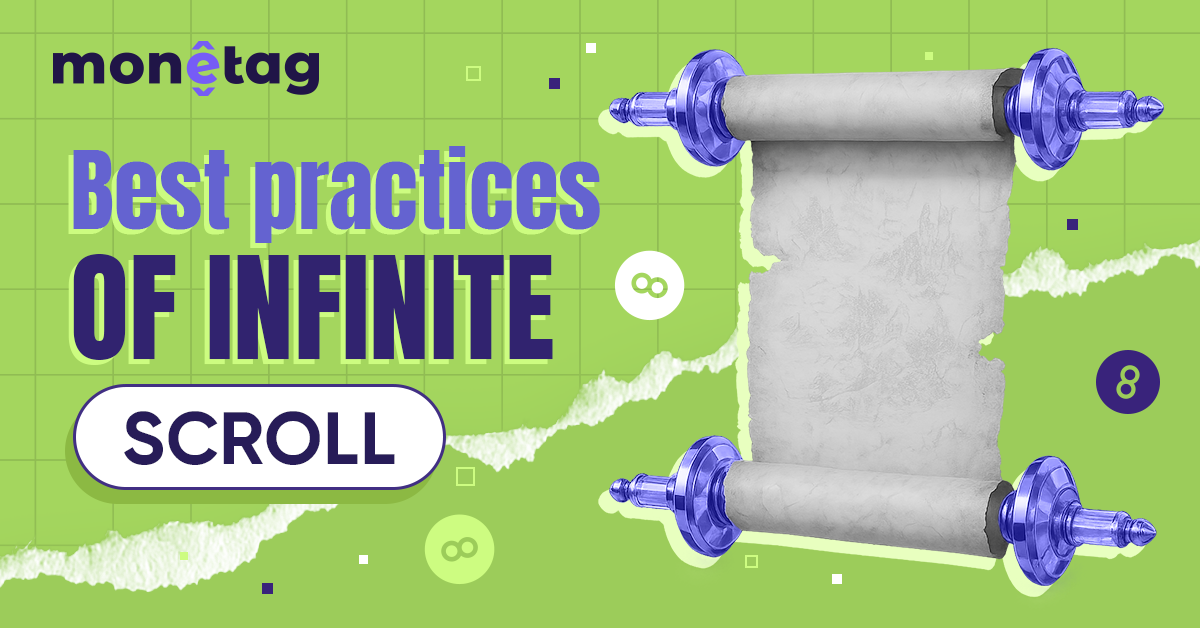AI Overviews: The End of SEO or the New Search Era? [Action Plan Inside]
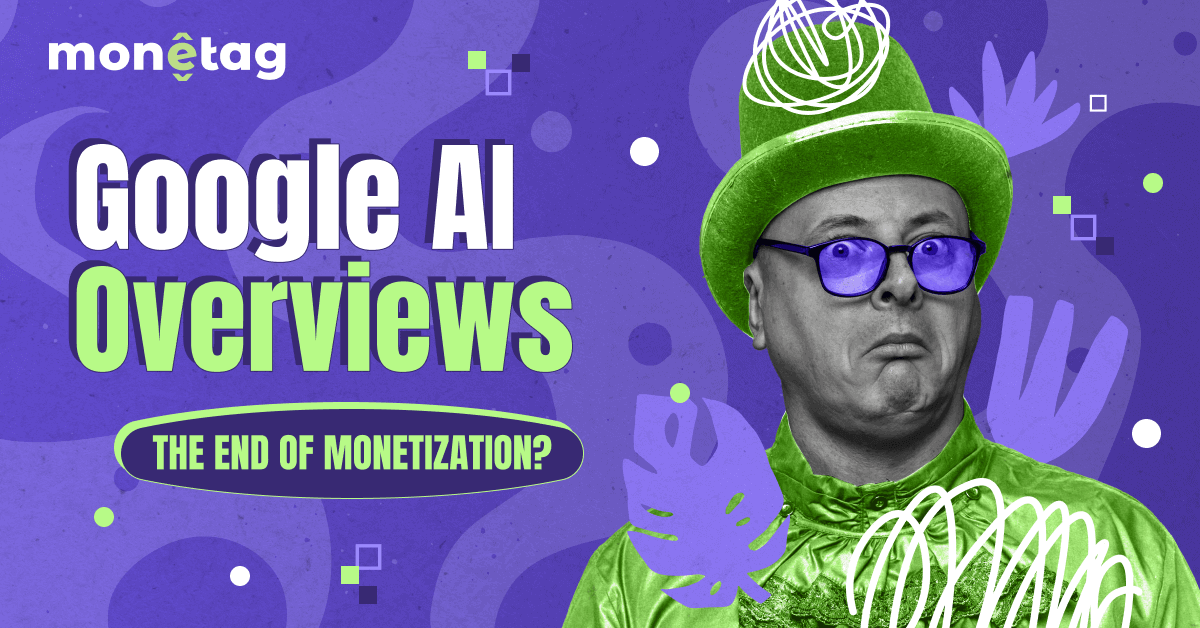
Heard organic traffic is dead as AI Overviews are going to steal all the clicks? Don’t panic yet: let’s take a breath and see what’s really changing: where things might get tougher, and where they’ll stay fine or even improve.
Not all queries are the same, not all sites will suffer equally – let’s figure out what’s really happening with Google Search today.
What are AI Overviews?
These are AI-generated answers to Google queries that appear at the top of search results. The information in overviews is taken from several sources. Here is how it looks:
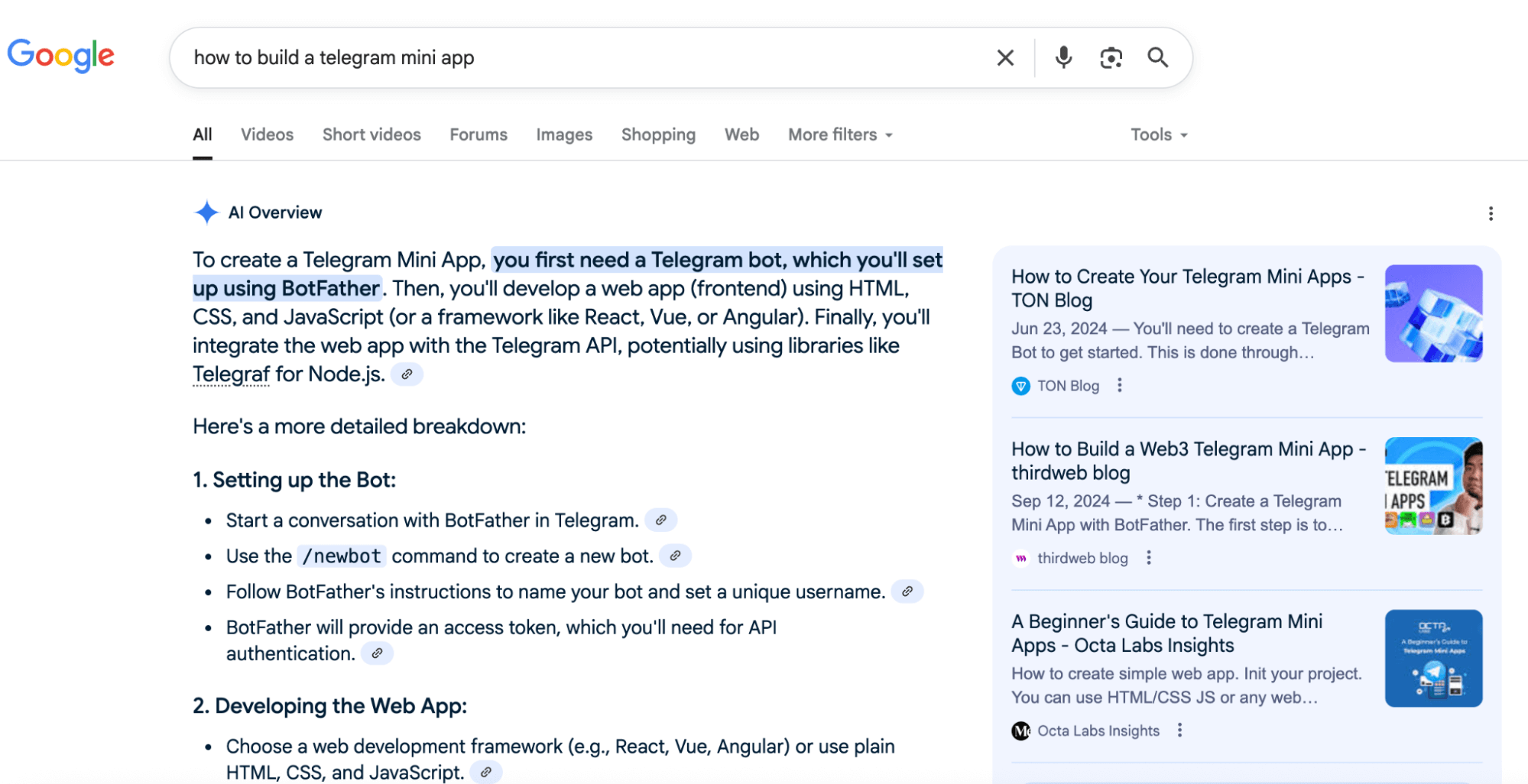
As you see, it gives a quick summary along with the source links, giving a full enough reply to a user’s query.
What’s the Problem?
As users see the answer to their core question at the AI summary right away, they don’t need to scroll down the search results and click on links anymore. What’s even worse, they don’t even need to visit the sites listed in the AI overview – why, if the full answer is already displayed right there?
That’s not a simple speculation: publishers have already begun to complain about CTR drop:
- Big news websites like Business Insider’s and HuffPost’s experience a drop of around 40%; CNN’s site reported a traffic meltdown of 30% from a year ago.
- A study of Agile SEO, an SEO agency, showed that 23 websites of their clients in the technology industry dropped by 18-64% in organic traffic.
- Smaller publishers noticed a significant drop in CTRs, too – for example, one Reddit user shared that his CTR is hard to keep even around 1%. This thread has more disturbing examples like this.
So, the problem is evident: users show a so-called ‘zero-click behavior’ which results in massive traffic loss: about 60% Google searches end without a click. As our SEO Specialist puts it:
The safe forecast is an average decline of 20–30% in organic clicks across affected queries.
As a result, being below the first 2-3 results will make your site nearly invisible for most queries.
Who Will Suffer The Most?
Not everyone will be equally hit by Google’s AI Overviews: not all sites, and not all queries as well.
According to our SEO specialist, ‘we don’t have definitive data right now, but early studies and industry experiments suggest that organic click‑through rates could drop anywhere from 15% to 40% depending on the query type. Besides, the impact of AI Overviews will vary significantly depending on the search vertical.
Query-type impact
- High‑level informational queries (e.g., ‘how tall is Mount Everest’) may see the sharpest declines – closer to 40% – because AI Overviews fully satisfy intent.
- Transactional and commercial queries (e.g., “best CRM software for small business”) may experience a smaller drop, around 15 – 25%, since users often want to explore multiple sources, compare, or validate offers.
- Long‑tail and niche queries (Best noise-canceling headphones for small ears under $200) are likely to be less affected, since AI Overviews may not always provide comprehensive answers.
Ruslan, CEO Afftrends:
“Basically, the key takeaway is: if a query is informational (like ‘how to fix X’), websites will likely lose traffic. But if it’s transactional or action-driven (like ‘buy X’ or ‘find X service’), the impact will be minimal.”
Niche-type impact
So we forecast that AI overviews impact queries differently based on search intent. What does it mean for entire niches? The connection is clear: the niches where informational queries are more common see the traffic drops first. Meanwhile, verticals that require user action (purchases, comparisons, etc) remain more protected.
Here are the most affected niches, with the highest risk of traffic loss, according to Ruslan and our SEO specialist:
- Health & Wellness: Users often look for quick, authoritative answers to medical symptoms, remedies, or nutrition advice. If Google provides a well‑summarized answer in the AI Overview, many users won’t feel the need to click further.
- Educational & Informational Sites (How‑to, Definitions, Explanations, Reviews): For straightforward factual questions – like “What is intermittent fasting?” or “How to reset iPhone?” or ‘What is the best iGaming site 2025 in Canada?’ – AI Overviews may completely satisfy user intent. However, this doesn’t include sites that contain exam results, test scores, or real-time statistics.
- Travel & Local Information: Queries like “Best places to visit in Rome” or “Restaurants near me” are perfect for AI-generated summaries that reduce click-through to publishers.
- Finance & Legal Basics: General guidance, such as “How to open a bank account” or “What is a mortgage?” is easily summarized by AI.
The New Approaches: How to Deal with AI Overviews
Now, the biggest question: we know things have changed, but what shall we do with all that? Let’s begin with what Gary Illyes, the Analyst on the Google Search team, said:
AI Overviews use the same ranking systems as regular search. Normal SEO is all you need.
However, publishers don’t agree: as many claim, the search traffic drops despite their ‘normal SEO’ efforts, so you obviously need to add something to your basic approach. Here, we have three options:
- Become visible through AI Overviews. It means appearing in the quick AI replies at the top of the search and striving for your content to be cited.
- Make your site worth clicking. In other words, keep valuable content that AI can’t easily summarize – pieces that require proper reading and deeper understanding.
- Promote your content outside Google and strive for organic traffic on social networks.
Now, let’s break down each point.
Optimize for AI Overviews Visibility
What does Google need from your content to show it at AI Overviews? AI won’t read your text from start to finish, admiring your metaphors. In fact, it won’t read it at all: it scans and extracts. So, your content structure must be, let’s call it – extraction-friendly.
Here are several quick and precise tips from our SEO specialist on how you can optimize your pages:
- Use lists, tables, step-by-step guides, and clear headings: it all helps AI quickly grasp and extract key information.
- Try using brief paragraphs without any complex phrases. Compare:
Before: It is important to avoid using complex phrases in your writing because they can make the content harder to understand for many readers.
After: Don’t use hard phrases. Keep it simple so everyone can understand.
- Make sure each page has a certain intent: informational, commercial, or transactional.
- Boost your E-E-A-T (Experience, Expertise, Authoritativeness, Trustworthiness): create authors’ pages, with links to their profiles and portfolios, add information about your and your team’s expertise, link to trusted sources like research, or industry leaders, use precise data and statistics.
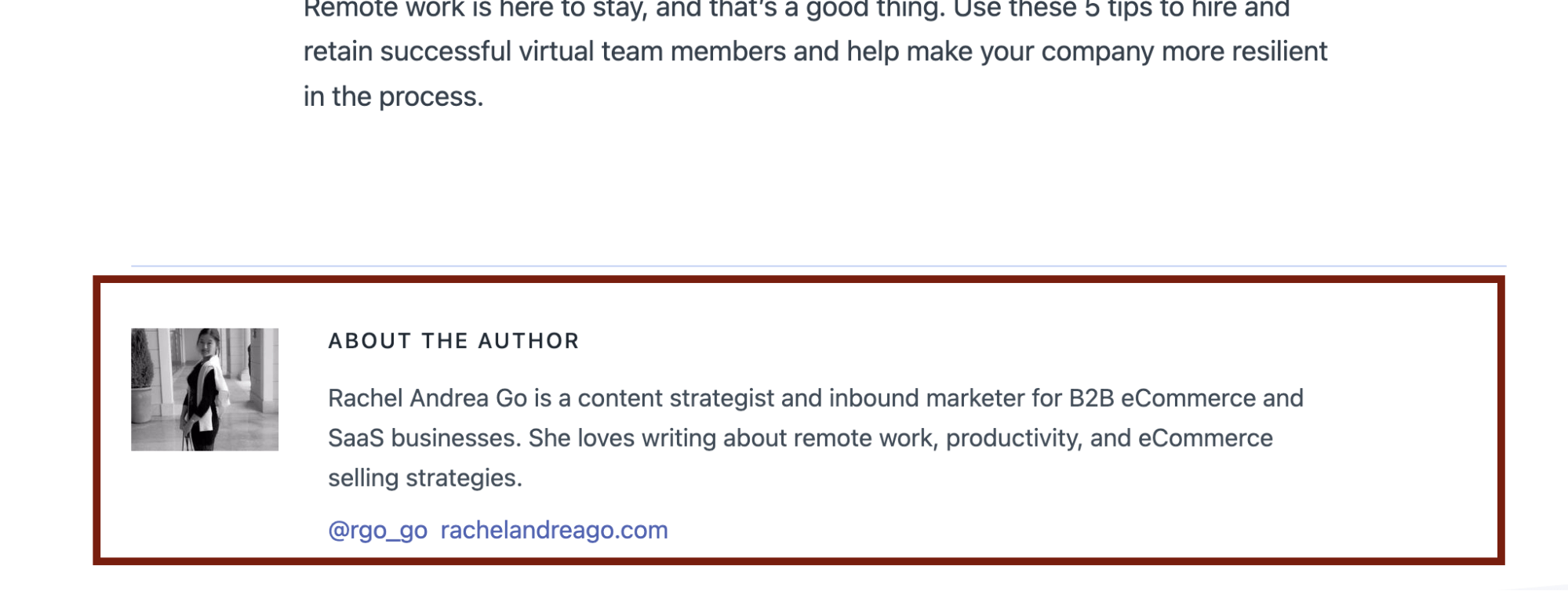
Source: https://nodesk.co/
- Add Schema markups – special codes that help search engines understand what’s on the page: a review, a FAQ, a how-to guide, etc.
- Check your internal links: they must relate pages by topic so AI understands you cover it deeply. Make sure to have a main ‘pillar’ page and other pages linked to it, because AI often cites the pillar. Also, use anchors with keywords so AI understands what the link is about:
Not so good: Click here to learn more.
Much better: Read our complete guide to SEO strategies.
In the end, it’s really not all that different from what regular optimization already does. As Ruslan puts it:
From what I’ve seen, the articles from our site that rank at the very top of Google are the ones AI is more likely to cite. Even if other pages are on the first page too, AI seems to prefer those that are higher up. So it’s still worth aiming for those top spots — the higher you rank, the more likely it is that your content will be used as a trusted source.
Overall, AI Overviews is still a new thing, so publishers will still need to test which content formats Google prefers for it.
Make Your Site Worth Clicking
You don’t need to focus solely on chasing AI visibility. Another part of your new SEO can include creating content that people actually want to read – and that’s hard to compress into an AI Overview and requires visiting a site.
Here’s what that kind of content can be:
- Interactive calculators. Something that can provide users with personalized results — like budgeting tools or ROI estimators.
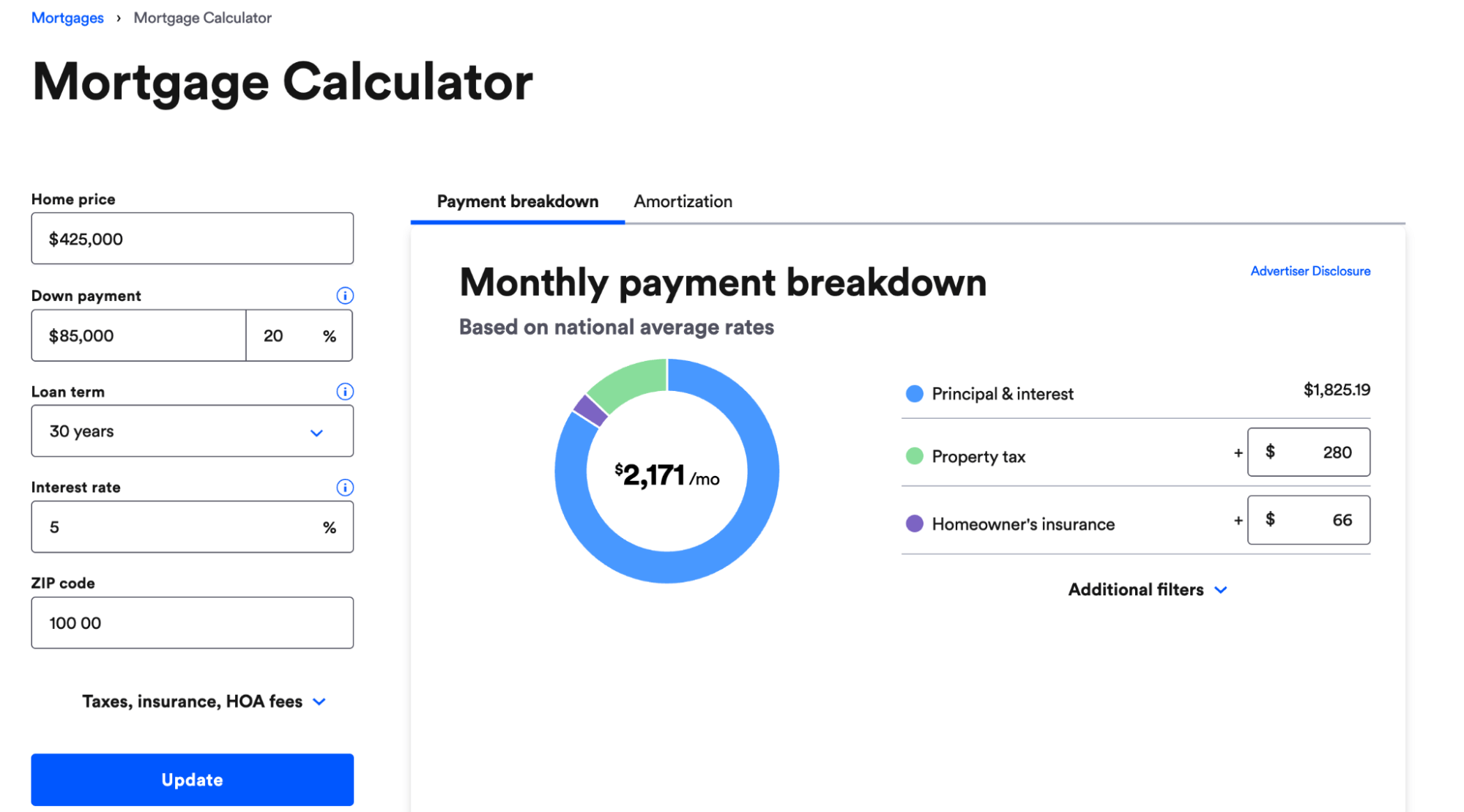
Source: https://www.bankrate.com/mortgages/mortgage-calculator/
- Step-by-step video guides. AI can offer structured instructions, too, but many people still prefer watching a real person show how it’s done: it feels more intuitive and engaging. So, a simple screen recording with a voiceover, where you walk through setting up a Facebook ad campaign, can be a great way to drive traffic.
- Comparison tables with filters. For example, ‘Compare 15 email marketing platforms.’ These let users sort and filter by features, pricing, or use cases — making it easier to choose the right option without reading multiple pages. Great for both SEO and user engagement.
- Long-form guides that go beyond ‘generic’ answers. Deep, well-structured content that explores a topic from multiple angles, offering real examples, insights, and actionable steps — not just surface-level advice. Case studies fit perfectly here too: they’re personal and detailed, so AI can’t simply extract them as a quick answer. And that’s exactly what readers appreciate much more than generic replies.
Leverage Social Networks
As Ruslan puts it, ‘You definitely need to build up your social media presence because social traffic definitely drives traffic to your site. Sometimes it’s enough to just post something relevant to your social media platforms with a native mention of your website, and you basically get free traffic that bypasses search engines.’
So, the tip to increase presence on social media platforms (Telegram, YouTube, TikTok, LinkedIn) has never been so relevant. And, as our SEO specialist suggests, you can also boost your visibility through the good old tools like email marketing, push notifications, and social media communities to reduce dependency on Google.
Bonus Drop: Smart SEO Moves by Your Site Type
So, you’ve devoured plenty of theory, and even a bite of practical tips. But there’s a big chance you might still sit and think about what you should do with your site. This part gives you not just the big picture — but straight-up ‘here’s what to do’ tips for your exact site type.
So, let’s go. Your site is a…
Sports Fan Site
Threat level: orange
The risk of zero-click behavior gets higher with sports sites if they are mainly about quick news, statistics, and brief facts. Informational queries such as ‘When is the next Liverpool match?’ can be completely answered by AI.
So what to do?
This niche might turn out to be too harsh to chase the first place in the AI Overviews: the competition is high. Instead, try to focus on the unique content instead of dry information and news. For example, AI can’t extract deep expert opinions on games and forecasts, or detailed game overviews.
What’s more, interactive content might also work out: this can be anything from match outcome probability calculators, polls, and clickable infographics to even fantasy games. And, the social networks community will definitely help you out: sports fans love talking, discussing games, sharing emotions, and getting back into new chats and holywars.
Note: if a site offers legal game streaming, the level of threat immediately falls to orange or even green-orange. AI still devours part of informational queries about game scores or match schedules, but it definitely can’t show any games or audio commentaries. So, people will still come to a site to watch, and this is the most effective option to beat the zero-click behavior.
What’s more, publishers can add fun extras like live chats for fans, polls during the game, small guessing games, or any other interactive content around the stream. This might also become an extra monetization option through ads, sponsors, or special paid access.
Movie and Anime Fan Sites
Threat level: orange-red
AI is so smart nowadays that it can easily answer pretty tricky questions – and even create a ready selection of movies. Just look at how far it has gone:
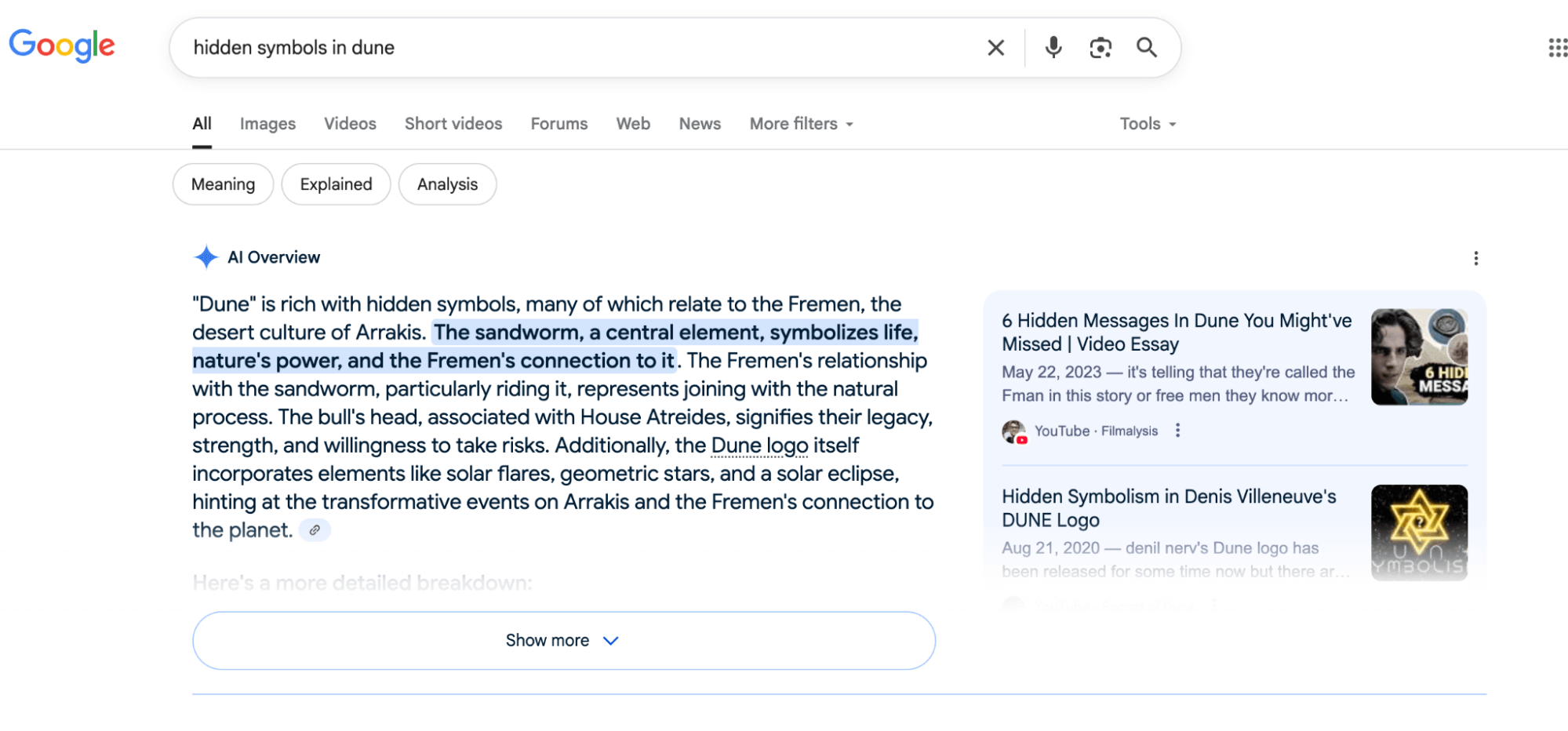
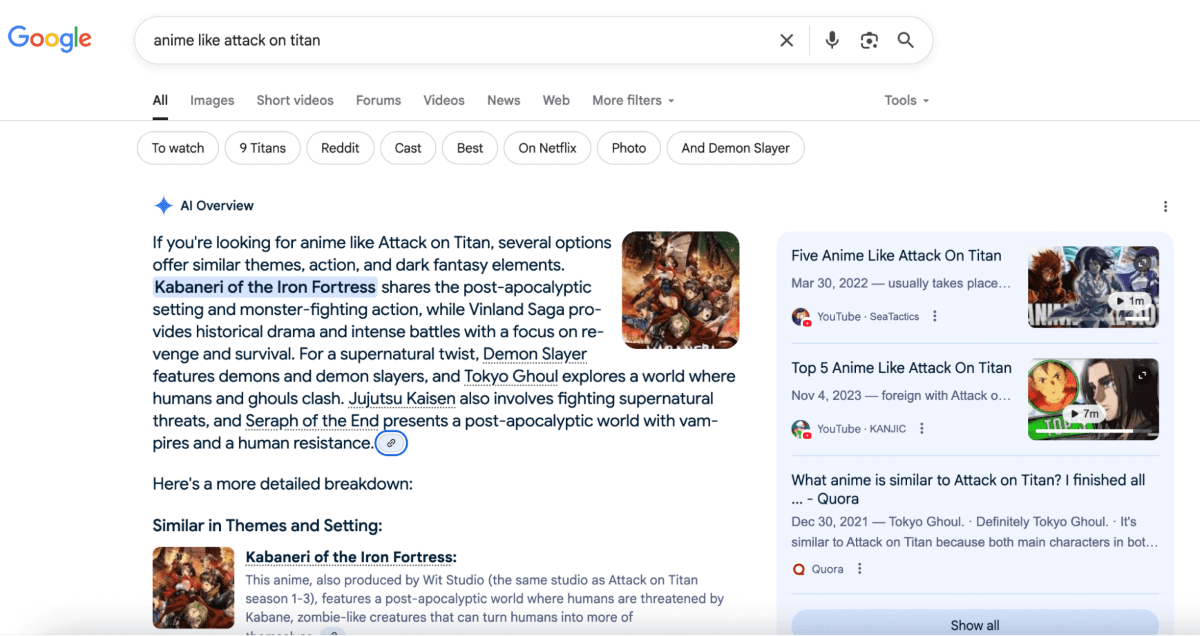
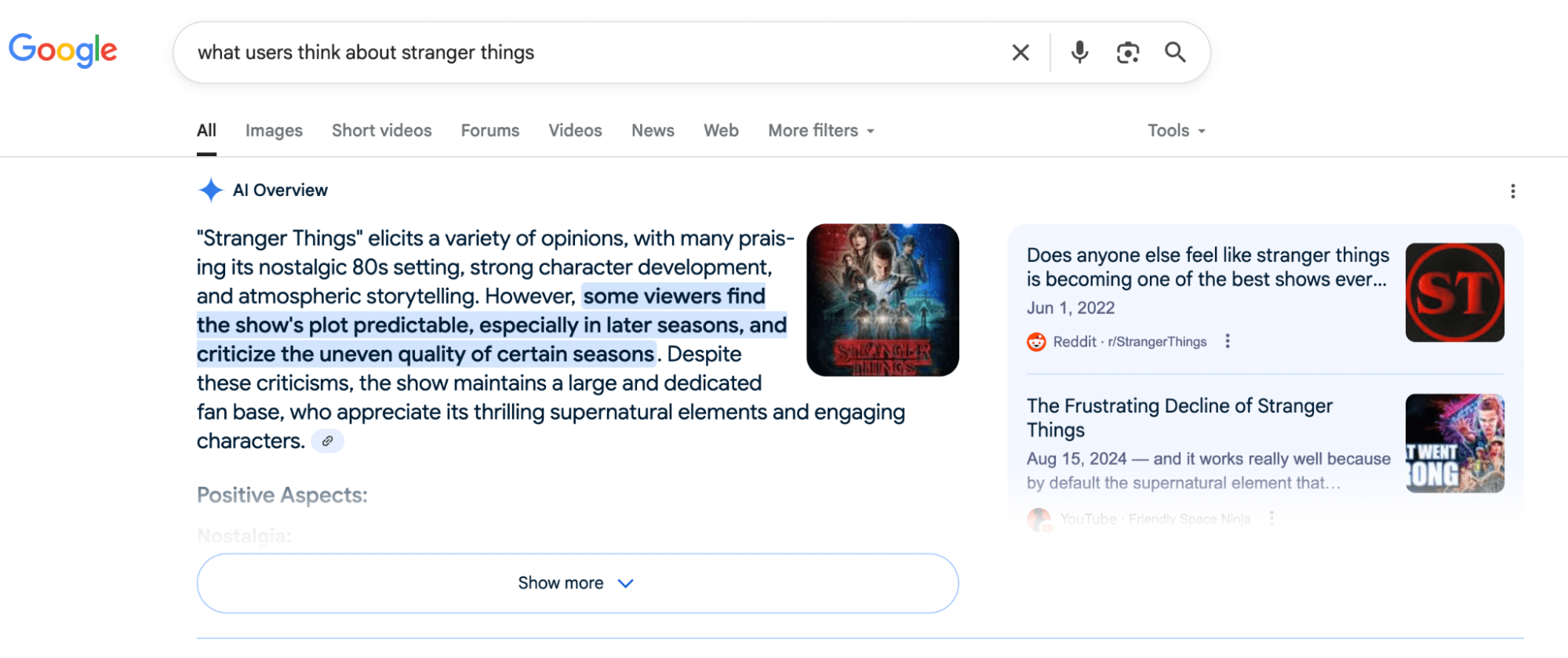
So, the possible issues: most queries related to the movie plot, cast, similar movies, or even user reviews are totally under the AI’s control. So, if your site is not optimized for AI Overviews enough, you might lose most of the traffic from informational searches.
What to do? Here, you can try to combine two strategies.
The first is to do your best to optimize your site for AI Overviews – we gave you guidelines above. At the same time, you can still strive to create unique content that answers more sophisticated questions. Some examples are live video reviews with real emotions, memes, and comments.
Besides, integrating social networks for extra traffic will also work out. Here is an idea for a Telegram bot:
- Create a bot that lets users choose their mood or favorite genre
- The bot will send back a personalized list of recommendations
- The list will become available after a user subscribes to your channel
- At the channel, you post content with links to your site.
What’s more, if the site is a legal movie streaming platform, it has a strong advantage: unique video content like full movies and series, trailers, or interviews can’t be replaced by AI in search results, so will remain a powerful magnet for users.
So, sites like Netflix, Hulu, or Disney+ may lose a significant share of search traffic on simple queries, but they definitely won’t suffer from zero-click behavior the way purely informational sites do.
Hosting Sites
Threat level: green-orange
Again, informational query clicks are under the biggest threat here: AI can quickly explain what VPS is or tell the main difference between a cloud and dedicated hosting.
However, when a user is ready to choose a hosting provider, their query becomes transactional – and this means people follow the links anyway to compare prices, rates, and terms.
Some more good news: when making purchase decisions, users want to read reviews, case studies, and performance tests – content that’s hard to condense into a couple of paragraphs. Another content idea: a blog with actual tutorials, which contain visual examples with coding guides – a format AI can’t easily reproduce yet.
Finally, comparison tables and rankings can help you appear in AI Overviews and overall boost your site’s rankings.
File converters
Threat Level: Green-orange
AI Overviews can’t obviously convert any files themselves. However, the threat level can’t be called pure green: Google already gives users hints on such tools and even offers step-by-step instructions that don’t require visiting any sites:

However, if users want to convert more complex formats, they still need to visit a site, and no AI can replace a real utility.
So, your solution: make sure your converter has a convenient UI/UX that allows a user to convert a file within a couple of clicks. Adding specific converting pairs might also help: for example, a video converter that allows users to adjust framerate and resolution settings will appear more competitive than one with fewer features.
Another tip is to optimize your pages for long-tail keywords and thus attract more targeted traffic with less competition. This might help your site rank higher for specific queries and appear in AI Overviews:
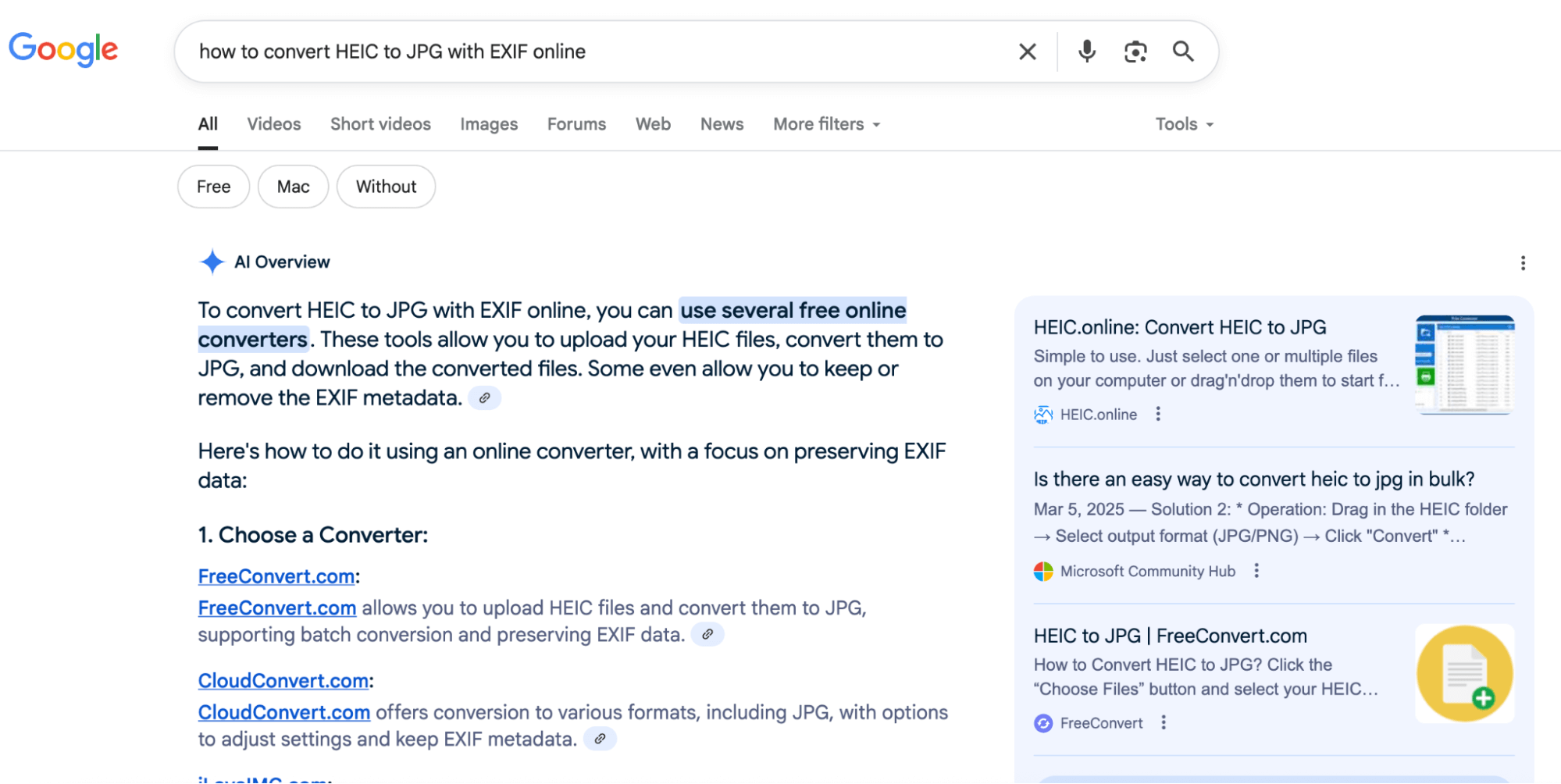
Alternatively, you can try to test targeting some very specific keywords AI overlooked for now:

Games
Threat Level: Green-orange
AI can now give quick answers to simple queries like ‘how to beat level 5 in Candy Crush’ or ‘what’s the story in Elden Ring.’ This means games-related sites also lose traffic on straightforward informational searches.
So, again, you need to focus on content that’s harder for AI to summarize. This includes video guides and walkthroughs, player forums, interactive maps, and exclusive fan fiction content.
Also, growing your YouTube and TikTok channels can really help — gaming videos often get tons of views, and you can add links to your site. Just look at a couple of Roblox fan videos — they reached thousands of people:

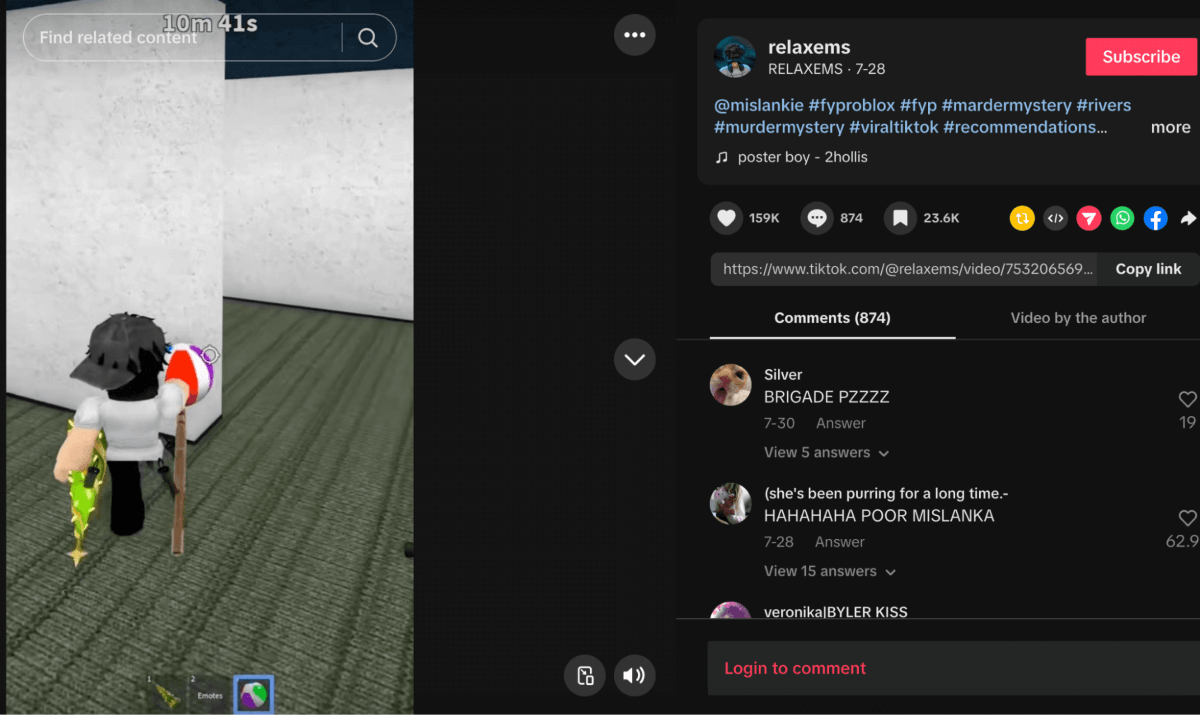
News Sites
Threat Level: Red
News sites are among the most vulnerable: AI can easily summarize the stories, and people don’t need to enter a site to get quick info on the election results or the latest tech launch. This hits traffic hard, especially for aggregators and media outlets that simply relay facts without offering their unique vision.
How to continue getting clicks? There are two ways to stay relevant.
- First, you might focus more on analysis and opinion, instead of retelling raw facts. Obviously, this will require a bigger scope of work and more skilled specialists: the ones who can work quickly and still produce high-quality content.
- Second, newsletters, push notifications, and social media will be your top solutions to bring loyal readers back directly. For example, many news sites have shifted to Telegram channels, where users can receive instant push notifications. If the channel has its own vibe, offers some context or opinions beyond headlines, and allows discussions through comments or linked chats, it has all chance of becoming a number 1 traffic source.
Look, for example, at this unusual channel idea:

Or this one – a more classical Telegram news channel format:
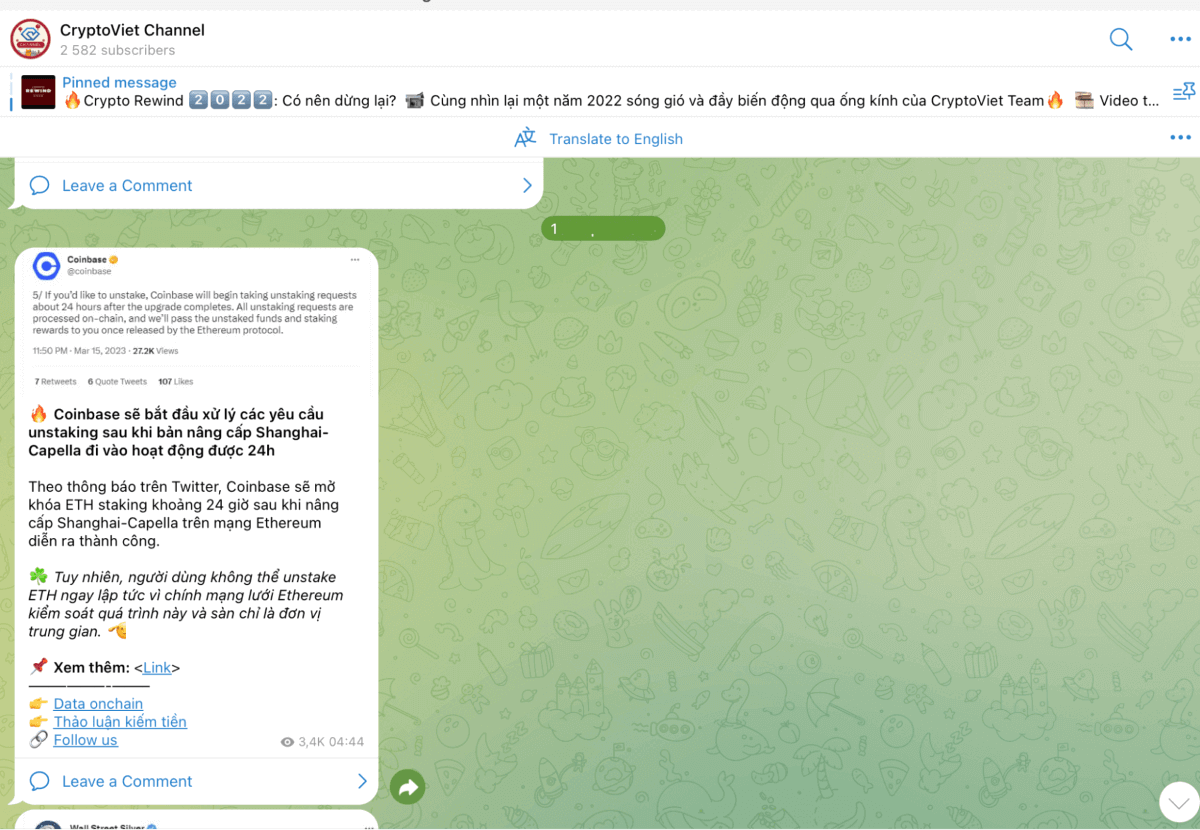
To Sum Up: What Will Change and What to Be Prepared for
The one thing is clear for now: SEO isn’t dead, but it is changing.
First, the demand for real experts will be much higher: Google is putting more weight on E-E-A-T – and this might mean higher budgets for skilled writers and SEO pros. Second, purely AI-generated content won’t be as helpful as it could be before, so the new trends might involve hybrid workflows: AI for structure and ideas, people for insights, value, and facts.
Then, competition will get tougher: only a few websites appear in AI Overviews, so those that do get way more visibility and trust. SEO is no longer just about ranking high, but about being trusted enough to be cited by AI.
To sum up: good content still matters, so be ready to hire experts, focus on what users want, and find the new traffic sources – after all, it’s not only about Google.




